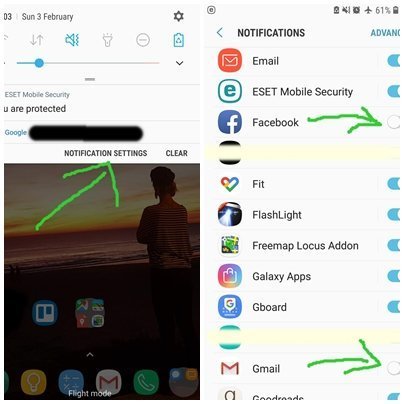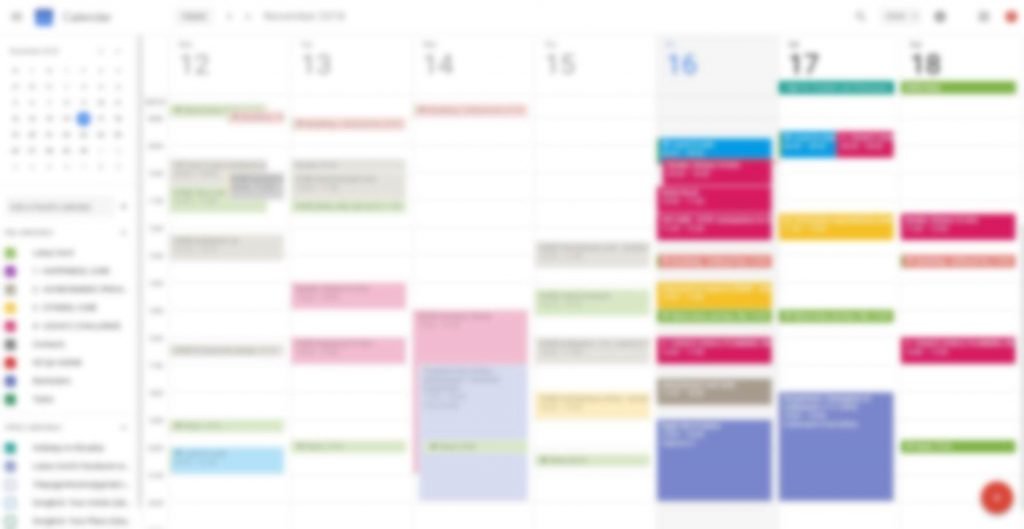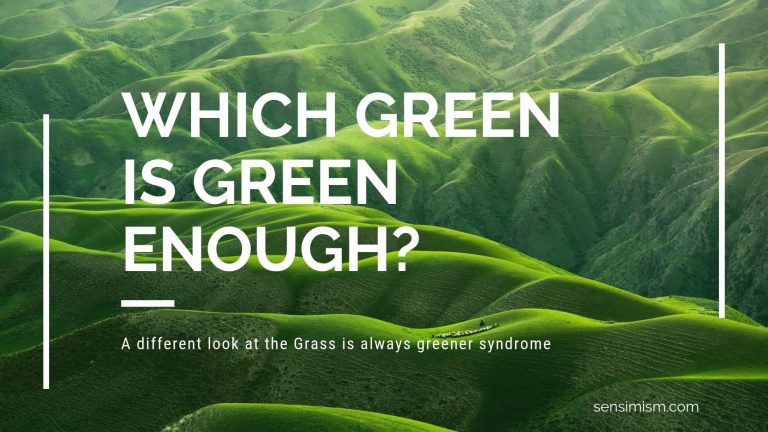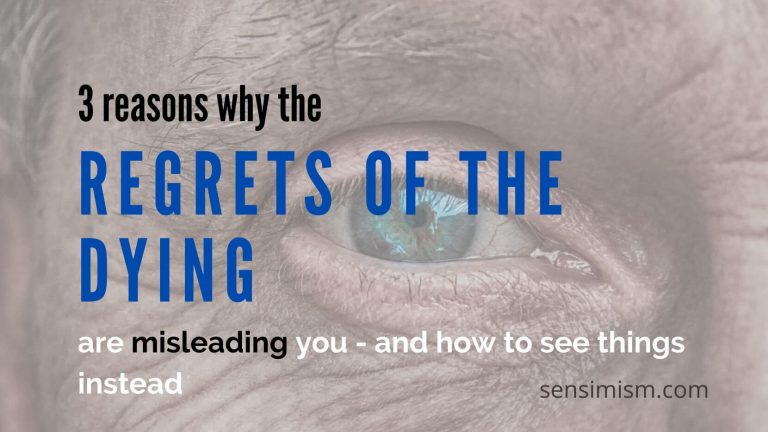How to be more productive: get more -right- things done – 4 everyday steps
Do you find yourself often planning and then watching the plan fall apart? Or chasing your tail being busy, but not actually achieving anything substantial? Yeah, it’s very easy to fall into this downward spiral. You feel like you are doing lots of work, but at the same time wonder how to be more productive? In this artilcle, I’ll walk you through a few simple changes, that help me stay much more focused, be more productive and achieve deep work. We’re going to elaborate on the planning side and the types of work that we should be focusing on – and how. Mainly, we’re going to differentiate between shallow and deep work. (As described in Deep Work by Cal Newport – busy work that doesn’t create real value, is too fragmented and instant, doesn’t allow deep focus over longer period of time – which is when we actually achieve much more.) And how to do more deep work through visualized planning.
Because if you don’t, the shallow work will take over. You will always have enough emails and messages to respond to, but how many of those will actually create something meaningful, build something that can change your or someones life, invent something awesome?
And because we actually get more satisfaction by doing deep, meaningful work, than even by relaxing. That’s why you feel more satisfied after a day of hard, but meaningful (to you) work, rather than after a relaxing sofa-movie-and-series-and-pizza day:
“…this finding pushed back against conventional wisdom. Most people assumed (and still do) that relaxation makes them happy. We want to work less and spend more time in the hammock. But the results from Csikszentmihalyi’s ESM studies reveal that most people have this wrong: Ironically, jobs are actually easier to enjoy than free time, because like flow activities they have built-in goals, feedback rules, and challenges, all of which encourage one to become involved in one’s work, to concentrate and lose oneself in it. Free time, on the other hand, is unstructured, and requires much greater effort to be shaped into something that can be enjoyed.”
Both are needed – but in a different ratio. You do need the occasional relaxing, sofa day, or going out into the nature, switch off from all the responsible planning and hard work. But for 1 such relaxing day, you can do several days of hard work – which is a nice balance. Work hard longer, then relax, then work hard again – a good recipe to long term success and achieved goals.
Ok, back to shallow vs deep work. Of course you can’t avoid doing some of the shallow work. You can’t ignore friends or colleagues’ emails forever, you have to pay some bills or do some admin. But you don’t have to respond to emails and messages as soon as they arrive, you can push admin to your less productive times of the day. The key is to schedule a slot for them in the day and do them then and there, rather than feeling that you are somehow obliged to do them as soon as they arrive. Even better – so you don’t have to rely on your self control – remove your ability to notice, they arrive.
Control / own your time: Remove all ways of noticing shallow work and distractions, when doing focused work
- close inbox app / Gmail tab (you notice that number going up or Firefox blue dot – and your focus / flow / deep work is briefly, but nevertheless, distracted)
- turn off notifications of new messages, pop ups, Slack if you are not explicitly using them for this specific task (i.e. if you are doing “Inbox / emails / messages management” now, then just do that, use Slack, open Gmail. But once you’re done and you move onto another, separate task you planned, turn all these off
- put your phone into flight mode, turn off it’s wifi / data connection – if you are not on call or working in some kind of emergency response niche, you very likely don’t need to be accessible all the time to whoever fancies to call you right now. You can return their calls and messages when you’re done with your deep, important work. Prioritize YOUR important work over someone elses important work.
- turn off those LED notifications – do you really need to know ASAP that your friend has posted another food picture? That blinking LED drains your focus through the corner of your eye.
- take it a step further by editing your phone notifications and turn off all apps that are not essential for you to do deep work – messenger, Whatsapp, random news from Google, emails, non-work reminders.
- on android, you can do that by pulling down the topbar / notifications window and clicking on Notification settings at the bottom
- then just turn off all apps that you don’t need on a push-basis (push-notifications). Even their name is intruding – “PUSH” NOTIFICATIONS. They push their way into your life whether you need them or not. Stop that – be in control again. BTW, Facebook and other messaging apps don’t usually allow you to turn notifications off completely, only for say 24hrs… sneaky. But here’s how to overcome that – turn Facebook and other distracting apps notifications off for good: (don’t worry, you can always see what’s going on when you open the app – it just won’t shout at you every time there’s a new like).

Create a space to experience flow / deep work each day or at least several times a week
….give flow a chance…. 🙂
To do lists are good. They prevent you from forgetting what needs to be done. You should use them. They are a first step towards getting more organized and planning in some deep work into your daily schedule.
But… you need a second step too, because to do lists have an inherent flaw – they rely on your brain to figure out the timing, i.e. how many of the tasks can you do in a day, how long will each take.
Guess what – we’re shit at doing that. You usually have more things on today’s to do list, than you can actually, realistically fit into one day. Wishful thinking, optimism, planning fallacy – name it what you want, we do it. We underestimate how much time will it take to complete a task and therefore we squeeze more of them into our days. I do it, and I bet you do too.
How to plan your day more realistically – use visual planning
Now instead of just writing all you want to do in a day, how about actually planning it out on a timeline of your day? You can estimate how much time each task will take (even if that’s not that accurate, it’s better than just writing down “Review xyz for abc for” in a list. Even if you assign a default 1hr duration to each task, this way you’ll be only able to put 8-10 of them into a busy day (=8-10hour day, leave some for food and some breaks).
Enter Google Calendar. As far as available free tools go, this one is great. (Do give me a shout if you know a better one!)
Here’s how my weekly tasks, visualized, look like:

notice the colors – each color represents a different importance / depth of the task:
- grey = shallow work – earns money, but doesn’t create long term value for me. I need to do it (for now!), I don’t mind doing it, but it’s not deep or too meaningful
- purple = deep work – long term planning, thinking, writing and creating value for myself and my projects
- brown-ish (yeah, such a stereotype!) – networking, work for others – not paid, but important in building relationships, helping others
- blue – activities outside of work (concerts, socializing, relaxing)
- green – shorter reminders (like “remember to exercise / move” so I don’t sit on my ass doing meaningful work whilst my body is wasting away…)
Of course there’s empty spaces too – as I plan mostly the next couple of days in detail, remaining days stay emptier for now. Once I get closer to them, I’ll plan them out too.
Some tasks are regular, repeated (for example twice a week I have a “Long term planning / goals review” slot – where I review my long term goals and where do I stand on them).
How to create a visual planner for various types of work by color in Google Calendar
First, you have to create multiple calendars, each calendar for different type of work. I split mine by categories: Happiness (enjoyment, not work), Care (for myself, others, animals – exercise, charity projects, activism), Achievement / provide (shallow work, job, earning money), Others / Significance (networking, helping others, free / barter work), Legacy / challenge (deep work, planning, short term goals that fall within my long term plans).
This breakdown was inspired by research by Laura Nash and Howard H. Stevenson on components of enduring success (2004), later made popular by Eric Barker in his great book “Barking up the wrong tree“. In short, their research showed that these are key components to lasting success:
- Happiness: “Am I enjoying what I’m doing?”
- Achievement: “Am I doing well and getting ahead in my career?”
- Significance: “Is what I’m doing having positive effects on the people I love?”
- Legacy: “Is what I’m doing making the world a better place?”

This breakdown was inspired by research by Laura Nash and Howard H. Stevenson on components of enduring success (2004), later made popular by Eric Barker in his great book “Barking up the wrong tree“. In short, their research showed that these are key components to lasting success:
- Happiness: “Am I enjoying what I’m doing?”
- Achievement: “Am I doing well and getting ahead in my career?”
- Significance: “Is what I’m doing having positive effects on the people I love?”
- Legacy: “Is what I’m doing making the world a better place?”
Now when you create a new calendar event, you can always choose to which calendar type / category you want to assign it, which will give it the default chosen color.
You could also just use one calendar and assign different colors to each task. But having them in separate calendars has more benefits:

- You can turn off some calendars if you want to see only certain tasks – another step towards distraction free mode :).
- You can set up different notification preferences by calendar. Some send you emails, other pop ups. Once set, you don’t have to set them for each task separately.
There – now you actually see which tasks fill up your week (by color) – a very powerful way to manage your time. Only now you’ll see that most of your week is probably taken up by shallow work and there’s not enough slots for deep work.
Now that you can plan your day efficiently, ensure you plan enough time for deep work
By enough I mean longer periods than you think – deep work or state of flow doesn’t happen instantly when you turn off Gmail and start focusing. They need time, you need to clear your head from random thoughts and allow only focused thoughts, related to a single goal or task to enter.
You will need at least an hour, more likely a few hours for that. Why do you think do or did many great thinkers and minds lock themselves inside some kind of their own space? A cottage in the woods, a locked room that’s only yours, with no phone or other distractions, a separate house, a coworking place with headphones on, a cafeteria – find your own creative spot free of distractions.
See daily routines of some great minds here for inspiration. Notice how little time they spent on admin and how much they spent on creative work?
Be a business – measure and report on it – be accountable
How do successful businesses keep moving forward? They ensure that each employee does a little bit towards their big goals, every day. How do they do that? By giving them small goals they can measure, and then making them report on those – be accountable.
Behave like a business owner and at the same time, like your own employee. Because if you’re working on your own future, you are both – the boss and the labourer.
- give yourself a big goal (for example “Slowly build an authority website full of great content that will be my legacy.”)
- break it down into small, achievable and measurable tasks (for example “Write 1 post per week” or “Write for 5hrs weekly”)
- be accountable – measure this goal (using Toggl.com for example) and report on it – put a note into your calendar to review this goal every Sunday evening, or Monday morning, or any day that suits.
- to take it a notch further, you can be accountable to someone else – ask a friend or partner to be your boss in this case – you will report to them each week whether you have reached your writing goal. The benefit is that it’s harder to come up with solid excuses to someone else than to yourself. You can bullshit yourself that “I didn’t do that, because I did all this other work” but it won’t be as easy to convince another person why was the other work so important.
Conclusion
To summarize, here are the key steps that will help you do more meaningful work, plan your time better and be more producitve:
- Control / own your time – don’t get distracted by push notifications. Don’t let them push your attention away from important work. Plan shallow work into selected slots, when you want it.
- Create a space to experience flow / deep work regularly – make sure you allow room for deep work – it won’t just appear out of nowhere, plan it in. Push that shallow work aside, learn to control it, compartmentalize it – a few days for shallow work, then a day for deep work. Deep work needs longer period of focused thinking, so don’t try to do 30min of “deep work”every day, make deep work the main theme of some days instead.
- become better at planning it – use visual planning, see how your day looks like and how much actual time you will have for each type of work – use time slots vs list entries.
- Measure and report – put checks in place to ensure you stay on top of your goals – measure them and be accountable – report on them (to yourself or someone else)
This takes time, self-control and willpower. Once you start implementing some of these steps, others will follow. You don’t have to start 100%, do 40% of whatever feels right, then build from that. You might even discover some other useful steps along the way (if you do, share them in the comments!).
What is your way of achieving your goals by doing more deep work?
Photo by Matthew Henry from Burst






